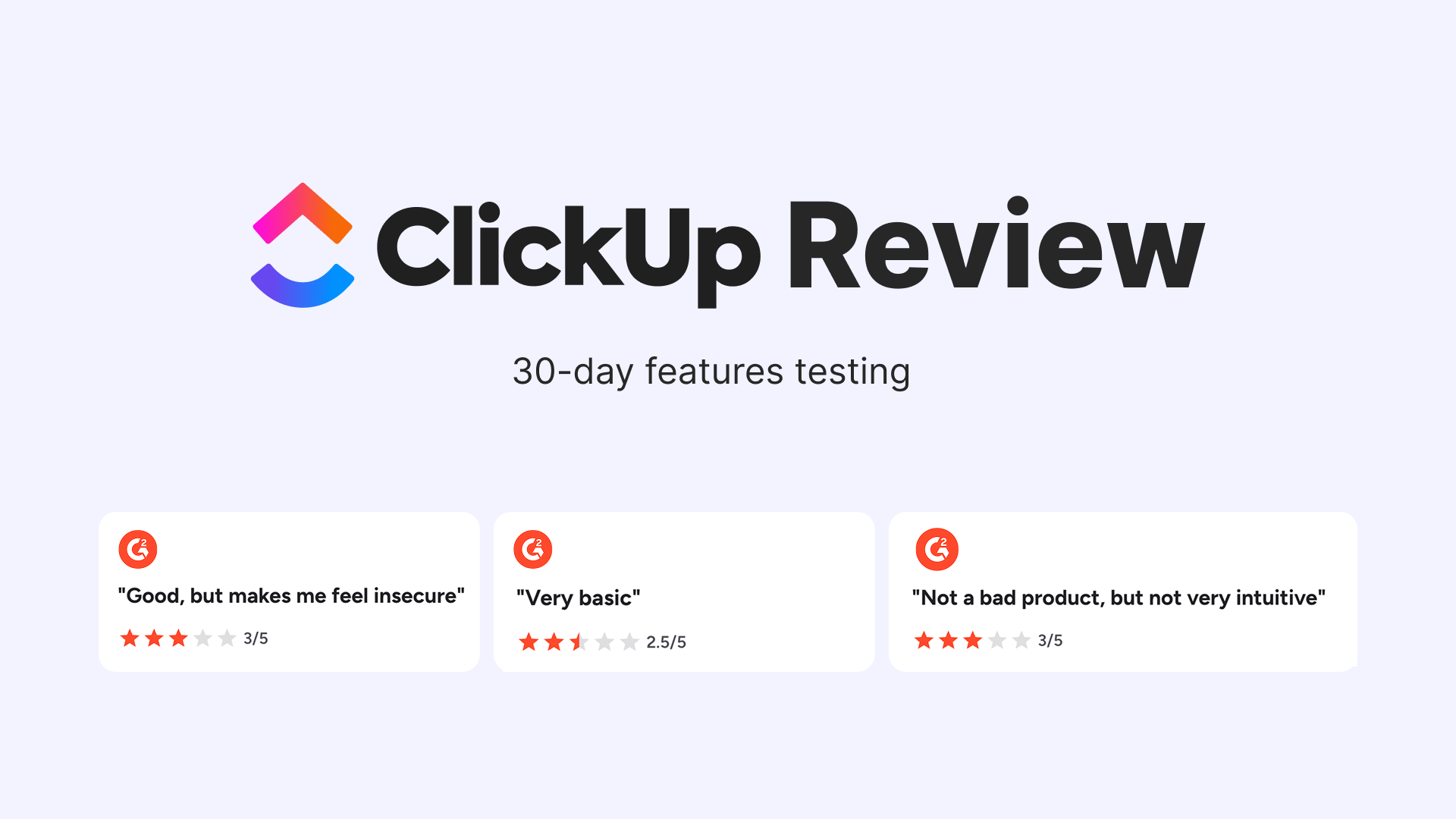Sometimes, we all need a Minimum Viable Day
%20(23).png)
I probably shouldn’t confess my complex feelings about productivity content, but here we are. If you’ve ever been down a Youtube spiral of productivity channels, perhaps you’ve experienced some of the same feelings.
There are so many great tips. Wonderful resources. Inspiring stories.
Yet all too often, this content communicates a formula to being more productive. If we adopt it, we’ll be able to do more, achieve more, and operate a maximum effectiveness. These promises tend to ignore our energy and stress levels. And some days, that cold shower, early morning alarm, or perfectly time blocked schedule, are not what we need most.
Some days, what we need more than anything for our overall productivity, is to do less.
It’s why Rebecca Pendleton’s MVD stands out as a truly refreshing take.
Understanding the Minimum Viable Day
The Minimum Viable Day is one of the most powerful tools I’ve found that battles the toxic productivity narratives that run through my head.
It’s influenced by the Minimum Viable Product concept, a widely adopted practice in tech to launch quick iterations of a product to gather feedback and user data. It places guardrails around these early iterations, challenging us to deliver user value with minimal ambitions, effort and expense – just enough to learn how we should improve on the product.
In short, MVPs prioritize shipping over perfection.
Rebecca Pendleton applies this idea of the minimum viability can also have benefit when we apply it to our day.
We all have those days where our energy is low and operating at full gas productivity feels crushing. A mix of factors tend to be the culprit, including:
- Burnout
- Feeling overwhelmed
- Coming down from a big project
- Stress and pressure, whether from work or elsewhere in our lives
- Too little sleep and self-care
When we muscle through and ignore those feelings, we tend to do subpar work, end the day feeling even worse, and then feel guilt-ridden too. In short, ignoring our energy levels, benefits no one.
Instead, Pendleton suggests we accept what we’re feeling and intentionally set out to only do the minimum viable work for a day.
How to take a Minimum Viable Day
1. Acknowledge your mental and physical state. If you're feeling overwhelmed, fatigued, or simply not at your best, recognize that it's okay to take a step back.
2. Reassess your goals for the day. Looking at your to-do list or your time blocked day, decide what absolutely needs to be done today. Then identify which meetings can be rescheduled and which tasks can be pushed to tomorrow, later in the week, or even next week. Ideally, the only things you’ll keep on your plan for the day are high-priority and time sensitive tasks and meetings.
3. Time block everything you postpone. To avoid feeling overwhelmed by a stagnant to-do list, time block those tasks you deprioritized to another time in your calendar. This way, you still have a plan for when that work will happen and don’t need to worry that you’re letting important work slide.
4. Do the minimum. Do only those tasks you identified as required, be it answering emails, joining important meetings, delivering something on a tight deadline, etc. The success of your work today is in executing those tasks, and those tasks only.
5. Now knock off for the rest of the day (if you can). I know not everyone has the privilege to set their own hours or of has a boss who is okay with a lower output day. If you don’t have those things, try to find non-energy intensive work that will let you still fulfil working, without depleting yourself further. If you can step away, then do. Resist the urge to give the appearance of working. Turn off your notifications and set an OOO. Then do the things that help you recharge, be it resting, getting outside, exercising, reading. Whatever it is, do the things that will help you come back feeling better tomorrow.
6. Reflect on why you’re feeling the way you do. Perhaps it’s obvious why you’re feeling low energy and unmotivated, but often there isn’t one simple reason. Consider what might be contributing to how you’re feeling and try to pinpoint it. I tend to feel low energy when:
- I haven’t had a proper break (not just an extra day off) in too long.
- I fell short of my ambitions on a project I was leading.
- My kids are in a fun-filled stretch of poor sleep.
- I don’t have a clear vision for what I’m trying to achieve or the path forward.
- I haven’t seen blue skies in a while (oh hey there November in Switzerland).
- I’m coming off a marathon or another big race I’ve trained for over many months.
Sometimes though, I’m just having a day. And I try not to feel guilty or stress over that.
7. Accept it or change it. There are things I can’t control. I try to accept those, and when possible, make adjustments that accommodate the situation.
- Kids not sleeping? I go to bed earlier.
- Sun hidden behind the clouds for days on end? I head up a mountain to get above them.
Other factors, I can change.
- Booking a vacation always gives me an immediate lift. Even if it’s months out, having that planned break in the calendar is a palpable relief.
- When my lack of direction has me flailing, I bounce around ideas with colleagues and mentors to help me solidify a clear direction.
Understanding what’s draining you, can be an important step in needing fewer MVDs.
Slow down to speed up
The MVD is not only a compassionate response to our growing (over)emphasis on productivity, but it’s a powerful act of resilience. There will always be more work to get done, messages to reply to, meetings to attend. Taking a day won’t change that, but hopefully, it will help you feel better jumping back in.
.png)

